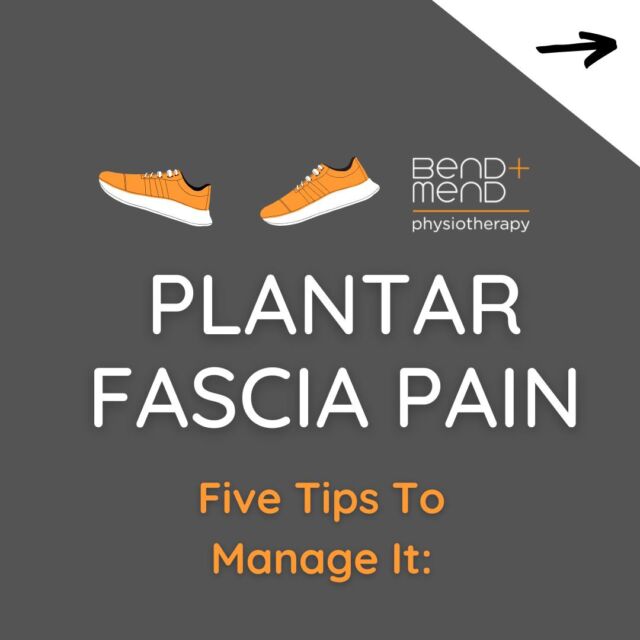We love to easily delineate the difference between ligaments and tendons, that is, that a tendon is connective tissue between muscle and bone and ligament is bone-bone. This differentiation works well 99% of the time, but the model fails in instances when we are trying to understand body movement. What we often forget, in all this ligament/tendon business, is that soft tissues are a continuum (massive Physio buzzword right there) and that there are other non-contractile, soft tissues, which are essential for function and can be related to movement pathology. One of these, which is receiving a lot of research attention and increasingly becoming a part of therapy, is the fascia.
Fascia is a connective tissue, primarily collagen, which surrounds every muscle and limb. The primary role of the fascia is to support muscle shape, transfer load and provide stability. In many cases, as mentioned, they are continuous with ligaments and tendons, providing similar functions. The fascia helps with efficiency as it often crosses more than one joint, enabling force coupling from, for example, the back of the shoulder (latissimus dorsi) to the opposite gluteals (generally maximus). I could talk all day about the function of that particular fascia (thoracolumbar fascia), but I digress.
Probably the most famous fascia is that of the iliotibial band or ITB. Often anatomically defined as a discrete band, the ITB is best understood as a thickening of the lateral part of the thigh’s encompassing fascia. Hence the name of one of the ITB’s inserting muscles is the tensor fasciae lata. Often treatment directed at the iliotibial band is ‘stretching’, however, given it is in the realm of ligaments and tendons, and is thus very strong, very little lengthening can occur. Often the problem is in the quads underneath, or there is an ‘adhering’ of the fasciae between the quads and the fascia lata. Foam rollers work as well as they do because they treat the underlying quad muscle (the blasted vastus lateralis) while breaking up some of this stickiness and allowing all the tissues to slide better.
Without getting too deep, the fasciae of the body are involved in other conditions such as exertional compartment syndrome (often related to shin splints) and, as more research is discovering, chronic back pain. And we haven’t even got stuck into the neuroimmune and possible sympathetic contractile elements.
Finding out another way the body is interconnected and working towards solving a few riddles is exciting, as it helps understand the mystery of human movement, and provides us with more effective and directed therapy.







